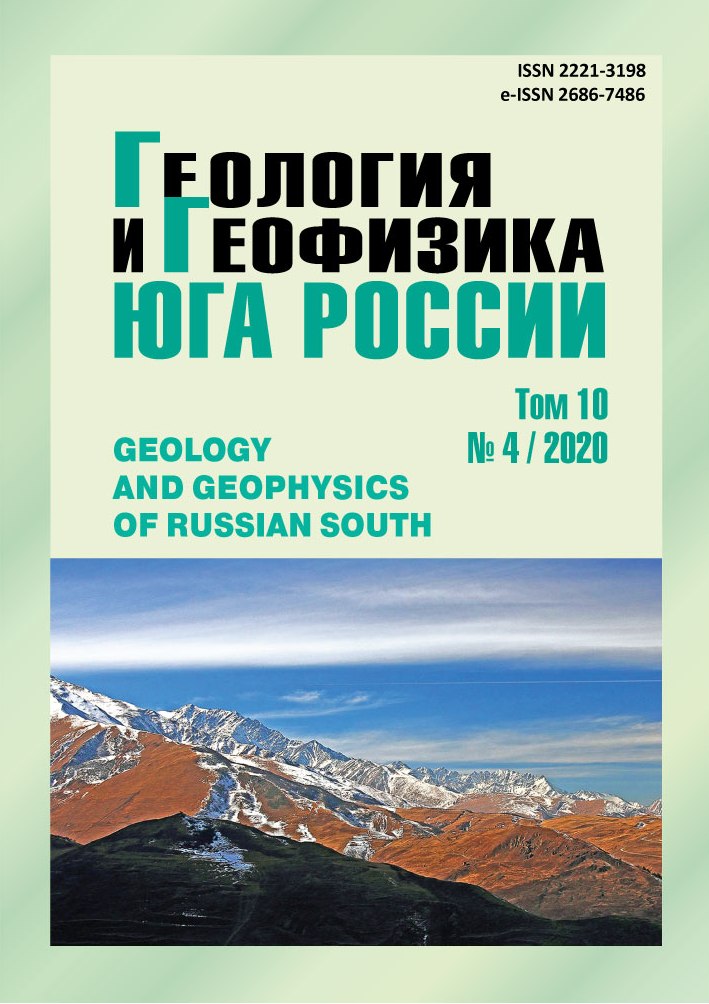Influence of geodynamic processes on the geoecological state of high mountain areas
Abstract
A scientifically established forecast of the geoecological evolution of areas based on the analysis of the causal relationship of endogenous and exogenous processes is a relevant task of ensuring the safety of vacationers and planning the long-term development of high-mountain tourist and recreational complexes. Aim. The aim of the research is a long-term forecast of the geoecological evolution of the area based on the factors of geodynamic development and their signs in geophysical fields. To achieve this goal, the following tasks were solved: analysis of modern ideas about the impact of endogenous geodynamic processes on changes in the natural environment of mountain areas and the definition of the geodynamic concept of geoecological dependence; methodological substantiation of the manifestations of geophysical fields-indicators of tectonomagmatic processes and the choice of methods for their study, identification of zones of active faults and neotectonic manifestations. Methods. Materials of research by methods of converted waves of earthquakes, gravimagnetometry, microseismic sounding, electro-tomography, refracted seismic waves, geolocation were used. Results. As a result of the research, it is concluded that geoecological changes are caused by fracture neotectonics in the periglacial zones of active deep faults due to uneven uplift of certain parts of the territory during mountain building, which causes the stress-strain state of the environment, the concentration of gravitational energy and the subsequent destruction of the bedrock of the periglacial zones. It has been determined that mechanical, physical and geochemical fields, as integral indicators of manifestations and the basis of methodological substantiation of studies of geodynamic processes, have a long-term effect on rocks at all levels of rockforming, creating the modern weathering crust, and causing an intensive accumulation of Quaternary sediments. The mode of average static geoecological evolution of the area is defined. It is determined by the ratio of the growth rates of mountains and the rates of denudation. One can draw a conclusion that the complex of accompanying signs-indicators is abiotic factors of geoecological environment, a special biotope, where a certain population of biocenosis with endemic dependence to these conditions arises.


